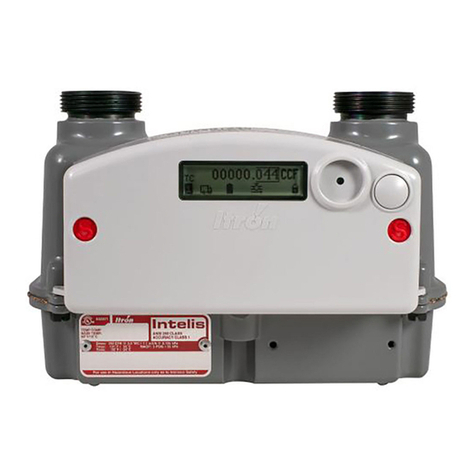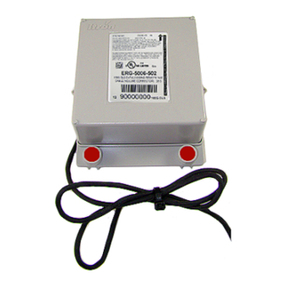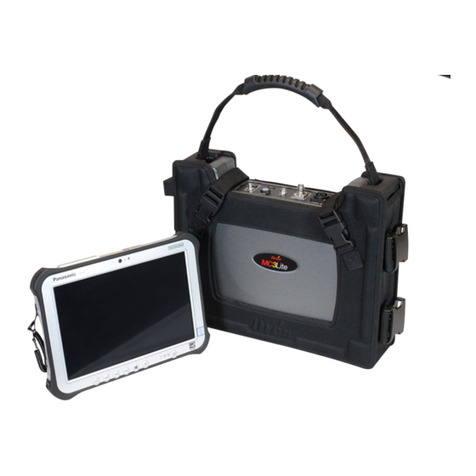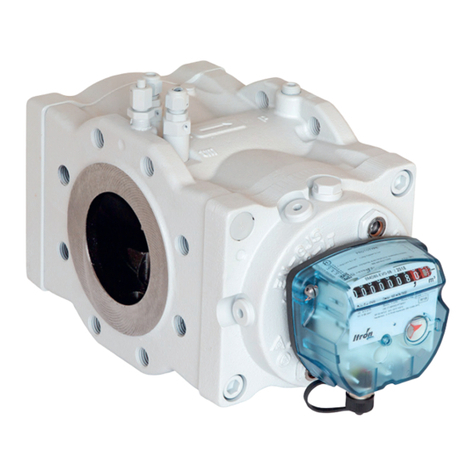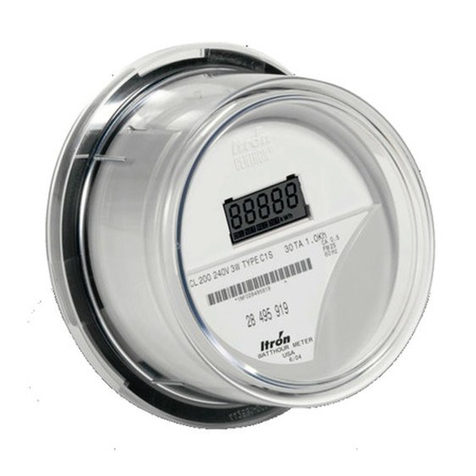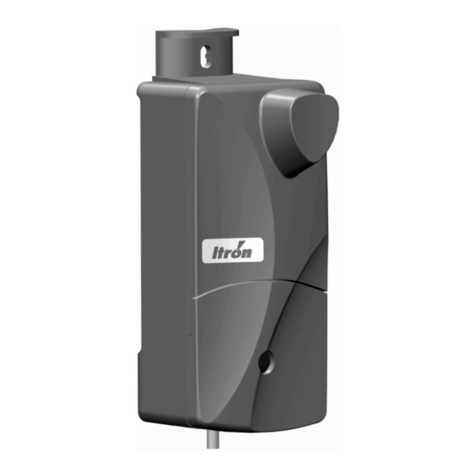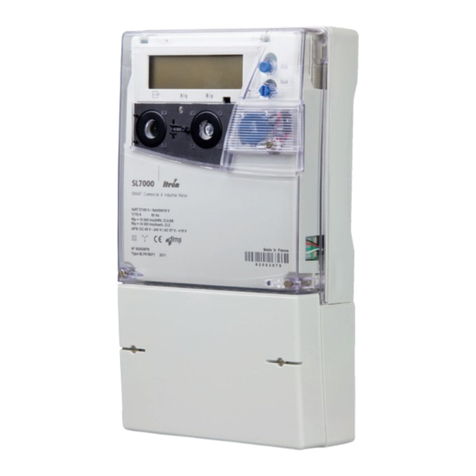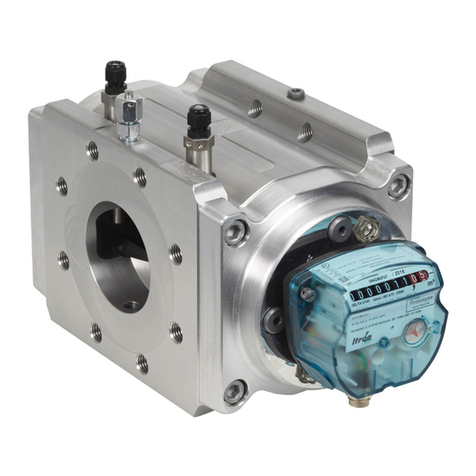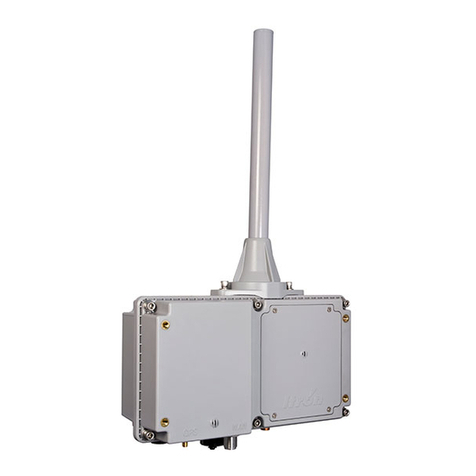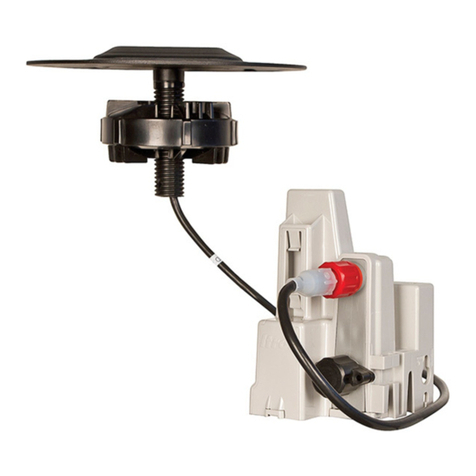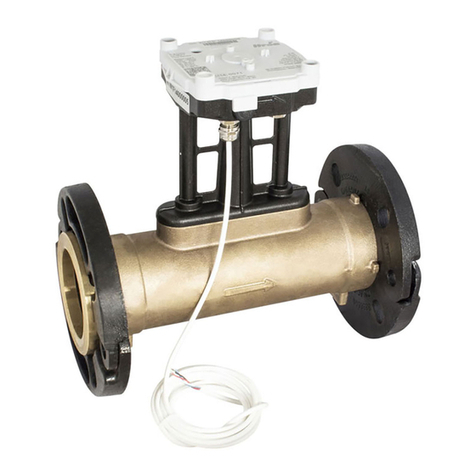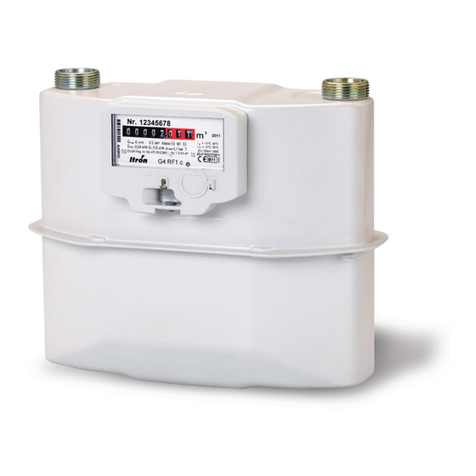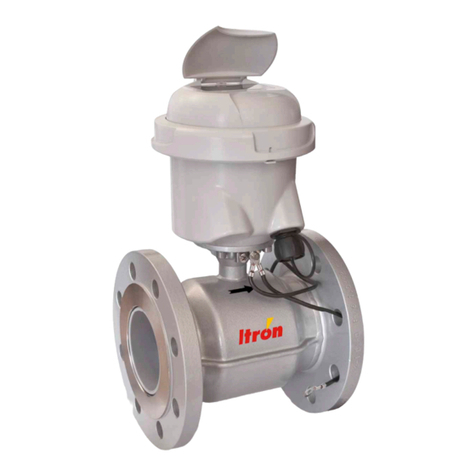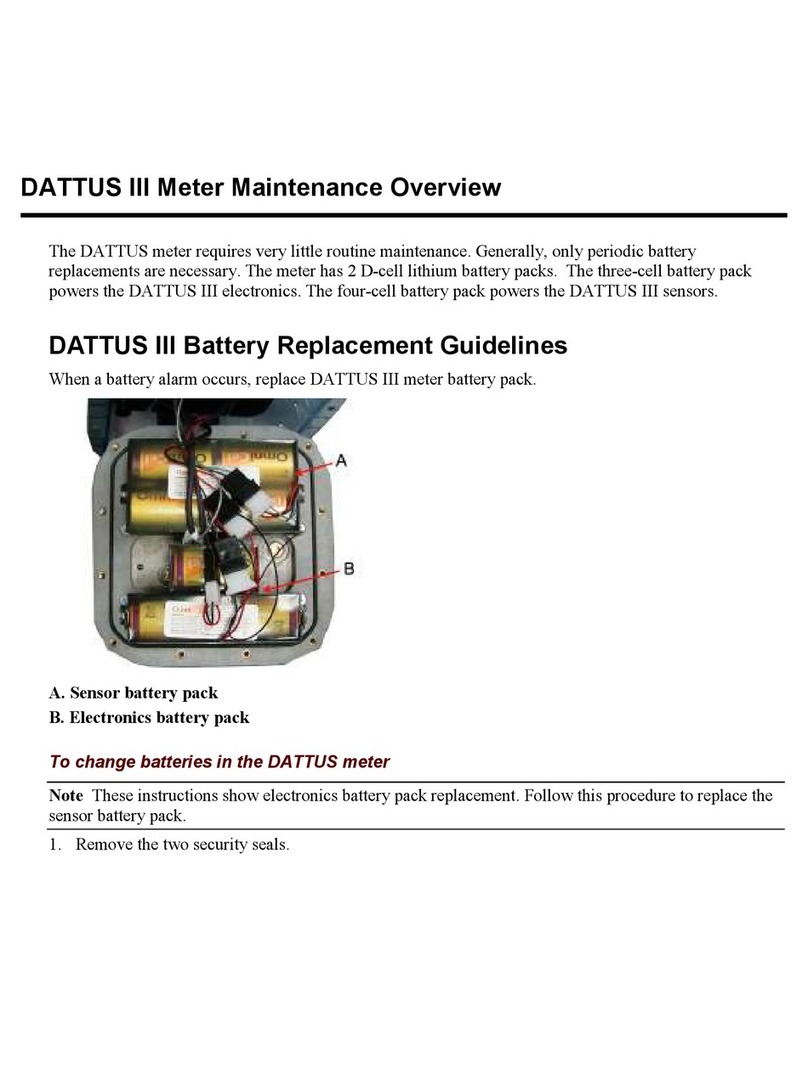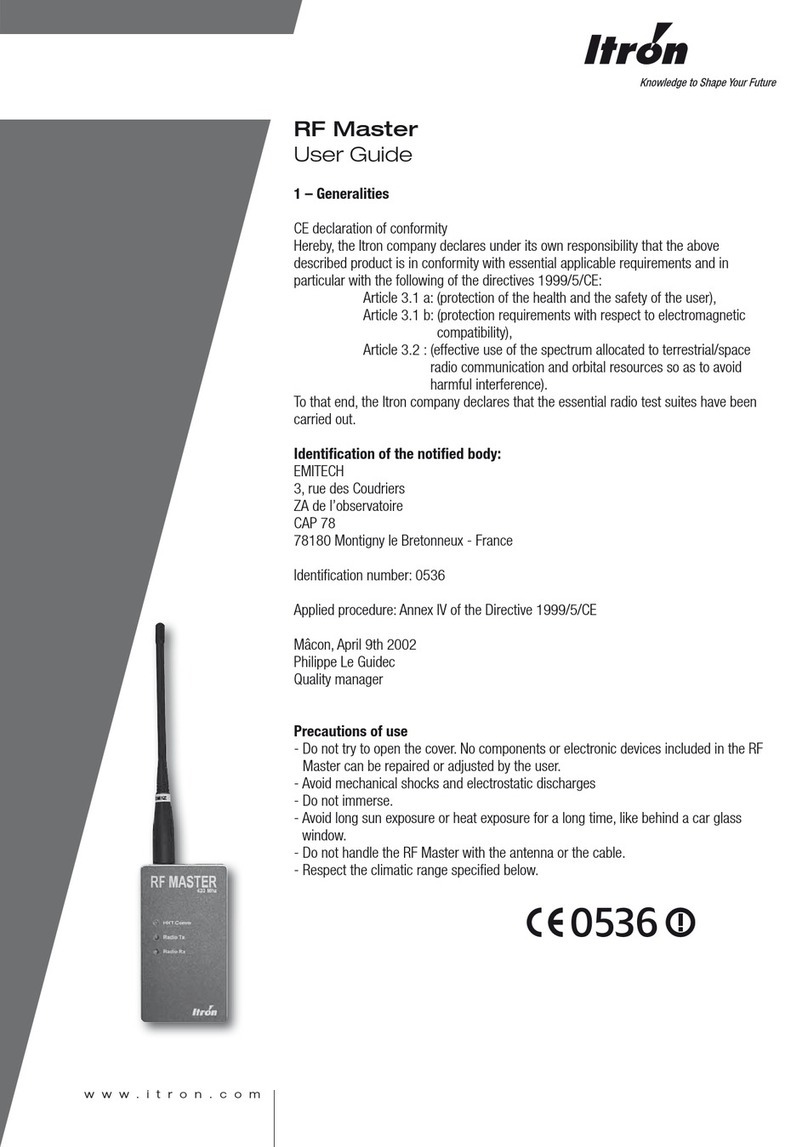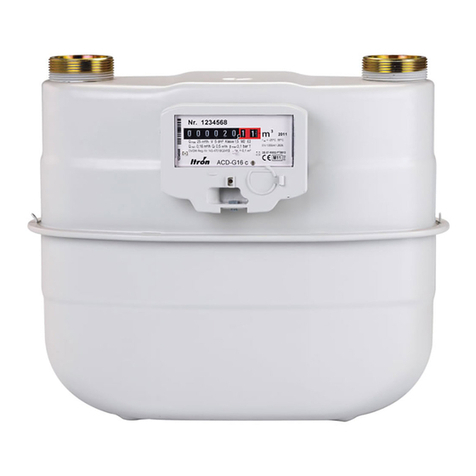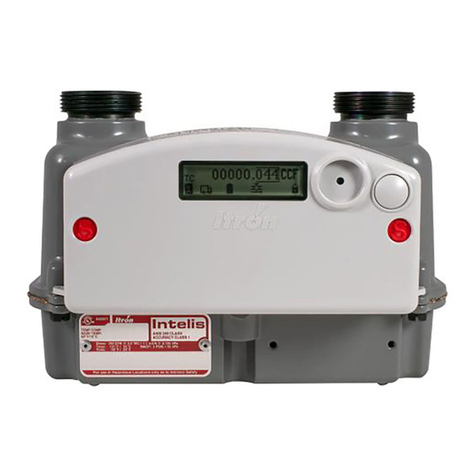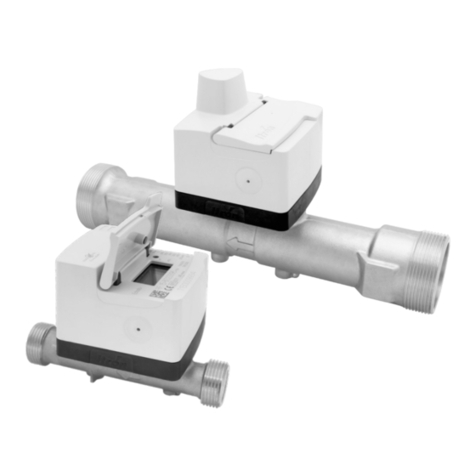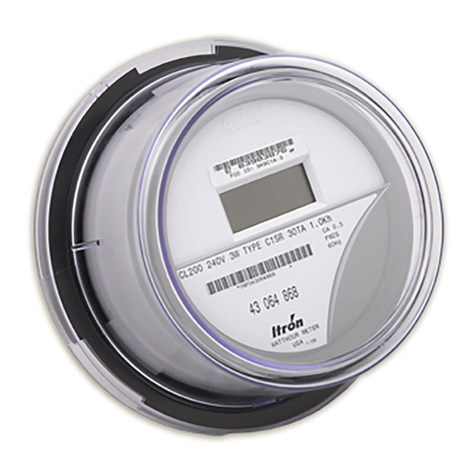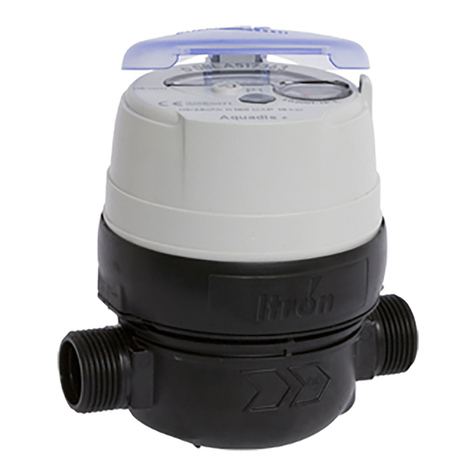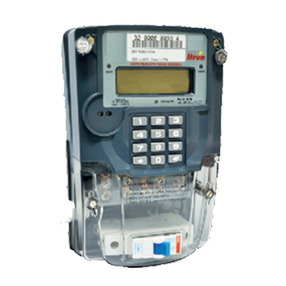9
Veuillez conserver ce mode d’emploi accessible pour
tous les utilisateurs. Demander l’accord écrit du fabri-
cant pour tous les cas non prévus dans le présent mode
d’emploi. Veuillez respecter toutes les réglementations
nationales pour l’installation, l’utilisation et la mainte-
nance des compteurs de gaz.
1 Caractéristiques
Les compteurs Delta sont conçus pour mesurer les gaz
des 1er, 2eme et 3eme familles comme définies dans
l´EN437 ainsi que de nombreux gaz filtrés et non cor-
rosifs.
Caractéristiques générales : voir l´annexe 1
2 Emballage
En fonction de la taille ou de la version, le compteur est
livré :
Dans un carton individuel, protégé par un calage en car-
ton ou polyéthylène.
Sur une palette en bois protégé par une coiffe en carton.
L’emballage contient le lubrifiant, les prises pour les
émetteurs d’impulsion installés et le présent manuel.
2.1 Stockage
Si le compteur n’est pas utilisé dans l’immédiat, il doit être
protégé et entreposé en position horizontale dans un lieu
propre et sec. Les obturateurs placés dans les orifices
d’entrée et de sortie doivent rester en place jusqu’à l’ins-
tallation du compteur sur la canalisation.
2.2 Manutention
Le compteur est fourni sans lubrifiant dans les carters.
Avant toute expédition ou manutention, il faut vous as-
surer que le lubrifiant a été complètement vidangé des
carters avant et arrière de façon à éviter un déversement
intempestif du lubrifiant dans la chambre de mesure. Le
compteur peut être manipulé à l’aide de câbles passés
sous le corps ou dans les anneaux de levage uniquement.
3 Installation
3.1 Généralités
Le compteur doit impérativement être installé dans un
environnement dont les conditions limites (en particulier
pression, température, débit,...) sont compatibles avec
ses caractéristiques propres indiquées sur la plaque
signalétique. Compte tenu du principe volumétrique du
compteur Delta, sa métrologie n’est pas influencée par
les conditions d’installation. Néanmoins, pour garantir le
bon fonctionnement du compteur, les instructions sui-
vantes devront être respectées : voir l’annexe 2.
• Vérifier visuellement que le compteur n’a pas été en-
dommagé durant le transport.
• Les opérations de soudures sur la canalisation ne sont
pas autorisées lorsque le compteur est installé.
• Le compteur devra être installé avec les pistons à l‘ho-
rizontale. Déviation permise : +/- 5°.
• Ne jamais installer un compteur à un point bas d‘une
installation où il pourrait être soumis à une accumula-
tion d‘eau ou de particules.
• L´utilisation de bande téflon sur les raccords filetés doit
être faite avec beaucoup de précaution de manière
à éviter d´en introduire dans la chambre de mesure.
• Le compteur doit être installé sans contraintes sur la
canalisation. Les brides doivent être alignées correc-
tement.
• Les brides avec UNC sont livrées avec des taraudages
définis en pouces suivant ANSI/ASME B1.1.
Les filetages/taraudages métriques et UNC ne sont
pas compatibles !
• Un accouplement souple peut être utilisé pour assurer
une installation sans contraintes.
• L’utilisation d’un filtre placé en amont du compteur
est conseillée pour des gaz qui présentent un contenu
particulaire élevé. Voir § 3.2
Avant l´installation :
• S’assurer que la canalisation en amont du compteur
est exempte de poussières.
• Enlever les obturateurs placés dans les orifices d’en-
trée et de sortie.
• S’assurer que le sens d´écoulement du gaz corres-
pond à la flèche située sur le compteur.
• S’assurer que les pistons tournent librement.
3.2 Filtration
Les compteurs à pistons rotatifs fonctionnent mieux si
le gaz ne contient pas de particules. Par conséquent, il
est conseillé de filtrer le gaz en amont du compteur. Le
niveau de filtration recommandé est d’au moins 100
μm. Lorsque le compteur est en service, il faut vérifier
périodiquement la propreté du filtre, notamment dans
le cas d’une nouvelle installation ou après l’exécution de
travaux sur la tuyauterie en amont du compteur.
Dans le cas d´une installation ayant une direction du gaz
du bas vers le haut, il faut particulièrement faire atten-
tion à la filtration de manière à éviter que des poussières
accumulées à l´aval ne retombe dans le compteur. Par
exemple, un second filtre peut être installé à l´aval du
compteur.
3.3 Lubrification
3.3.1 Généralités
Choisir le lubrifiant en fonction des conditions d’exploi-
tation. Le lubrifiant doit être neutre et non détergent.
Important :
• Une lubrification insuffisante peut causer une usure
prématurée du compteur.
• Une lubrification excessive peut également entraîner
des problèmes. Un surplus de lubrifiant peut conta-
miner la chambre de mesure, détériorer la métrologie
et occasionner des dommages sur les paliers et les
pistons en raison du mélange du lubrifiant et des impu-
retés contenues dans le gaz.
• Toujours vidanger les carters avant le transport du
compteur.
3.3.2 Choix du lubrifiant
Viscosité : la viscosité a été calculée pour assurer la
meilleure performance mécanique et métrologique du
compteur.
Références commerciales : L’annexe 3 contient une liste
de lubrifiants du commerce. Ils peuvent être utilisés pour
